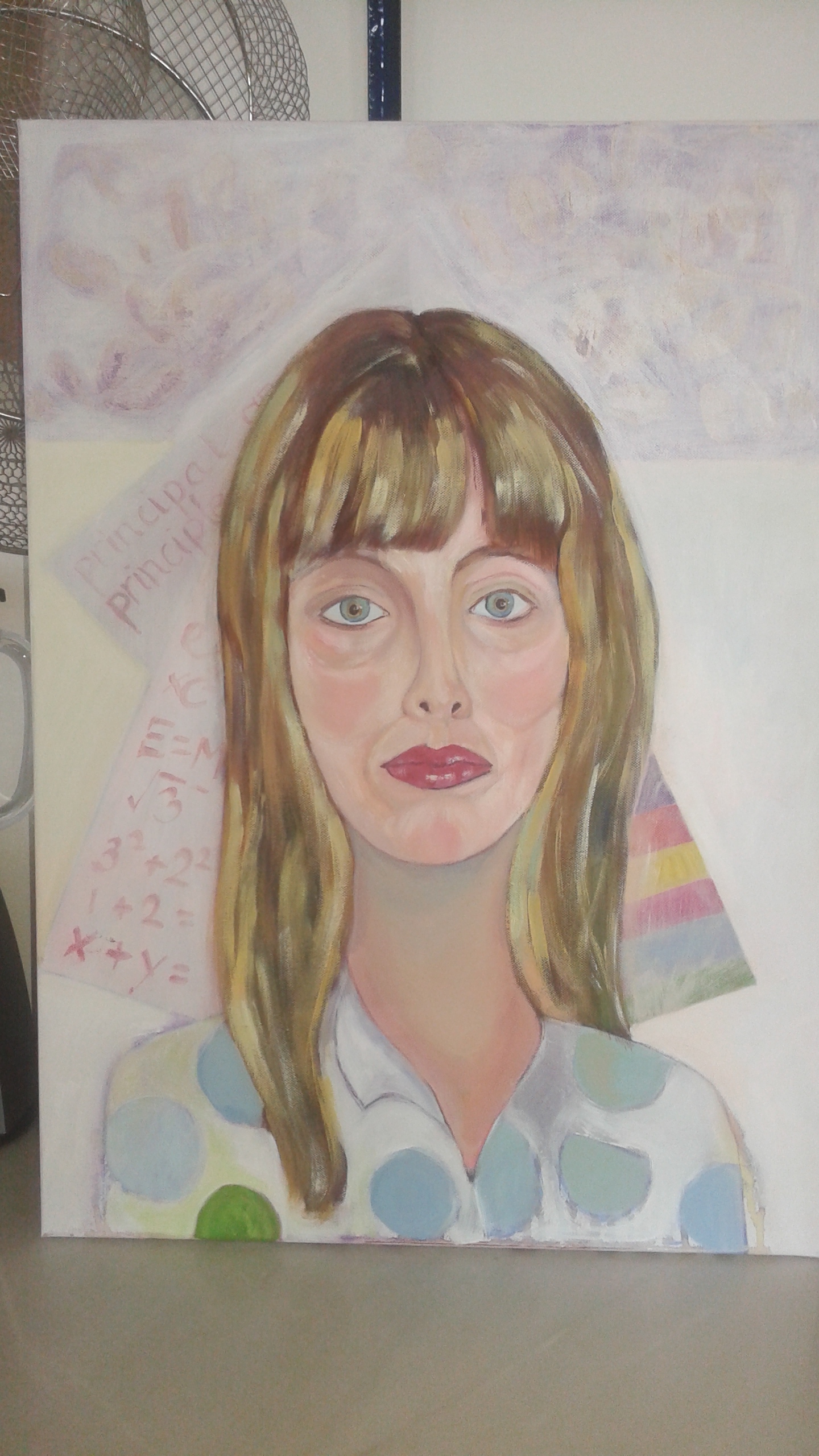Writing
 Writing and meditation have been an inherent part of my journey to a more awakened state of being. Both activities have interchangeably supported the process, brought about awareness and shifted meaning making both of events and the process itself. Along with art, writing and meditation have helped me record the journey, and the written account is both a record of the experience and a tool to deepen and shift understanding, and as I refine and edit this ongoing written project a more coherent life narrative emerges. It has by now morphed into something resembling a ship’s log book of the tempestuous awakening process, memoir where the past enters the current, includes practices and tools used along the way, as well as, artwork, and is informed by literature and research on art making and trauma.
Writing and meditation have been an inherent part of my journey to a more awakened state of being. Both activities have interchangeably supported the process, brought about awareness and shifted meaning making both of events and the process itself. Along with art, writing and meditation have helped me record the journey, and the written account is both a record of the experience and a tool to deepen and shift understanding, and as I refine and edit this ongoing written project a more coherent life narrative emerges. It has by now morphed into something resembling a ship’s log book of the tempestuous awakening process, memoir where the past enters the current, includes practices and tools used along the way, as well as, artwork, and is informed by literature and research on art making and trauma.
In brief, my own experience of awakening seems to refer to an inner expansion and integration at the level of the mind, brain, psyche and heart and some transcending of old beliefs, behavioural patterns and ways of being. It is accompanied by severe shifts, causes turmoil, breaks your heart, invites pushback. Awakening describes the dynamics of human consciousness, ego and spiritual development and psychological healing. As part of psychological healing one could say that it involves our becoming aware of early defenses and adaptations, cultural conditioning, relational dynamics and our illusions of the tapestry of social and broader reality. It requires we tap into emotions and learn to stay with what is. It is the shedding of layers of old meaning making, identities and roles. Maybe spiritual awakening involves the process of connecting to our more authentic Self, shedding our illusion of separateness, acquiring a sense of being part of something bigger, reclaiming our place in the Universe and becoming more present and mindful. Finally, it is ongoing and we are all on a different places on the spectrum, and some days are definitely better than others.
So, as I am going through what I have been writing and thinking about the whole endeavor I have been reading a few accounts of others’ awakening journeys from different life paths and seemingly different perspectives and world views so that I may discern commonalities and individual differences and see what resonates with my own lived experience.
Below are two short extracts from two books that seem to be informed by different world views with some common observations relevant to the awakening process:
- ‘To love is to wake up. How do we wake up without becoming a marathon monk on Mount Hiei? Well, some of us will have to go to Mount Hiei. There is no other way. The rest of us must work as tellers in banks, drive our children to school, wash the kitchen floor, buy groceries. The marathon monks go all the way to the edge of death, so they may come back and be alive, so they can know gratitude for this moment. We need to wake up when we buy groceries, push the cart down the aisle, see labels, count out change, feel our step on the floor tile. Every moment is enormous, and it is all we have’ Long Quiet Highway: Waking Up in America, a memoir by Natalie Goldberg (teacher, writer and painter)
- ‘And we need not become masters of meditation to realize its benefits. It is within our capacity to recognize the nature of thoughts, to awaken from the dream of being merely ourselves and, in this way, to become better able to contribute to the well-being of others. Spirituality begins with a reverence for the ordinary that can lead us to insights and experiences that are anything but ordinary. And the conventional opposition between humility and hubris has no place here. Yes, the cosmos is vast and appears indifferent to our mortal schemes, but every present moment of consciousness is profound. In subjective terms, each of us is identical to the very principle that brings value to the universe. Experiencing this directly— not merely thinking about it— is the true beginning of spiritual life’ Waking Up: A Guide to Spirituality without Religion (a seeker’s memoir, an introduction to the brain and a manual of contemplative instruction by Sam Harris PhD)
